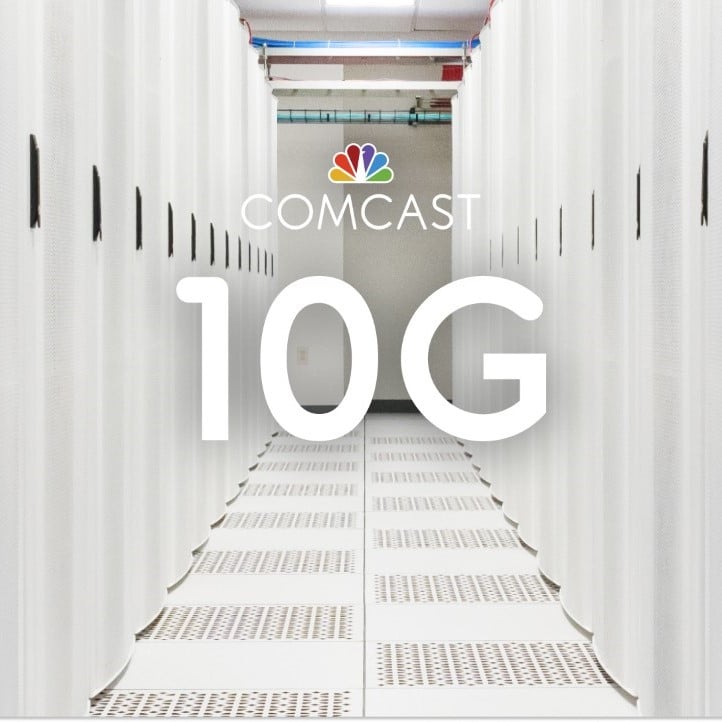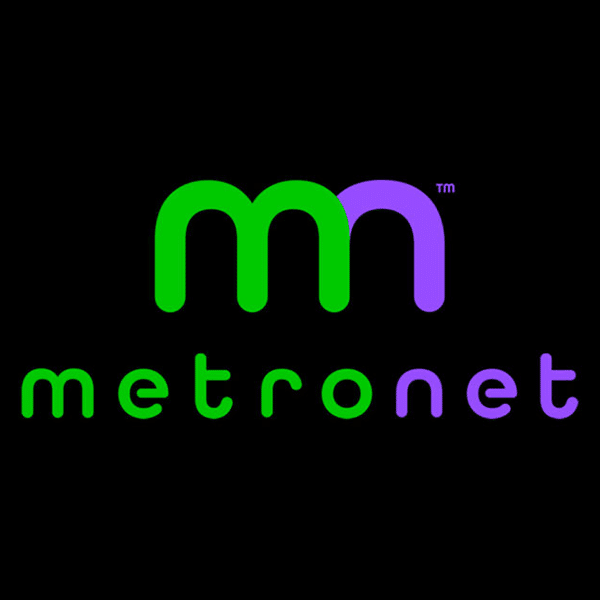Comcast said it has completed a successful test of newly designed full-duplex DOCSIS 4.0 (FDX) amplifiers, which according to the company, was “the final core element of the 10G ecosystem that needed to be tested to ensure 10G technology could effectively serve Comcast’s entire network.”
With the test completed, Comcast said it will launch live trials of multi-gigabit symmetrical service later this year and will begin delivering symmetrical multi-gigabit services before the end of 2023.
“FDX was originally designed for network environments without radio frequency amplifiers, so the new FDX amplifiers make it dramatically easier to extend the benefits of 10G to every customer within reach of the network,” Comcast explains in the press release.
In the test, Comcast inserted new 10G amps into a 10G network loop using DOCSIS 4.0 modem and network technologies that had been previously tested. The company achieved speeds of 6 Gbps downstream and 4 Gbps upstream across a six-amplifier cascade.
According to the company, this is important because that’s the architecture found in the vast majority of the Comcast network and is “easily and quickly replicated where network environments may differ.”
Comcast Symmetrical Multi-Gigabit Plan
The cable industry uses the term 10G for multi-gigabit services, although standards don’t call for symmetrical 10 Gbps speeds. The standards aim to support 10 Gbps speeds downstream, but not upstream. Symmetrical speeds top out below that. Comcast’s experience suggests the company will be able to support 4 Gbps symmetrically.
In contrast, giber-to-the-home technology can support speeds approaching 10 Gbps symmetrically. But as Comcast notes in a thinly veiled reference in its press release, there’s a downside to FTTH.
“As with previous network evolutions powered by DOCSIS – and unlike some other technologies – 10G allows internet providers to deliver enhanced speeds and performance to hundreds of millions of people over the connections already installed in their homes, without the need to dig up yards and neighborhoods, or pick and choose who gets faster speeds and who doesn’t,” Comcast said.
The company said earlier this month that it plans to roll multi-gigabit speeds out to the 50 million locations in its nationwide service territory before the end of 2025.

